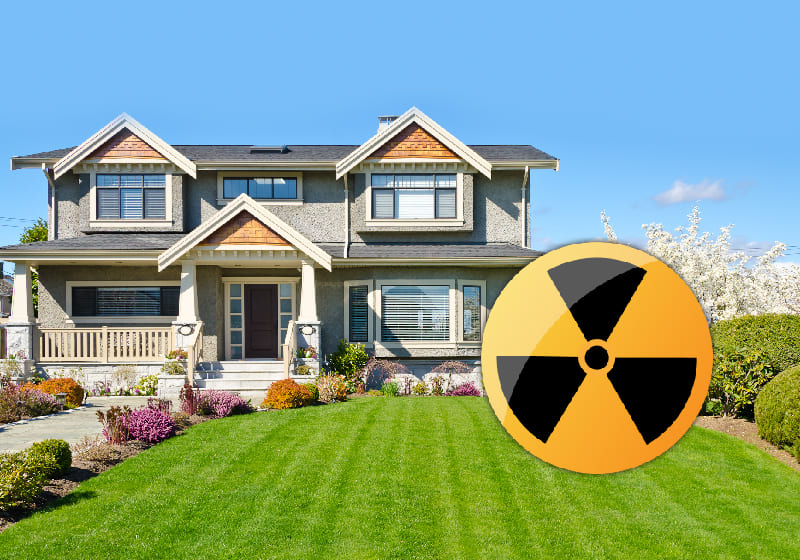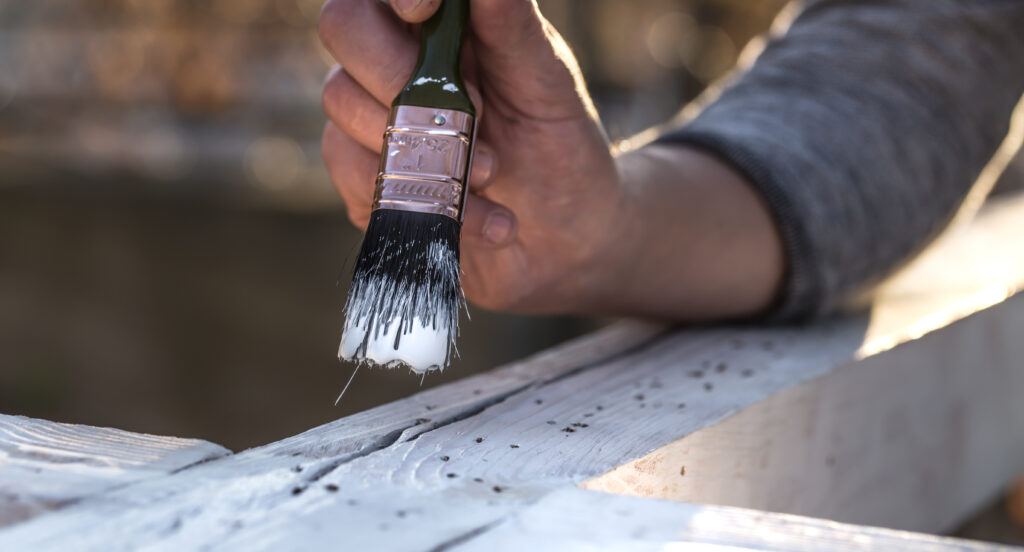January is National Radon Action Month, which means it’s the perfect time to make sure that your home is protected. Around 20,000 people in the United States and 3,000 people in Canada die each year from radon exposure. It’s estimated that 1 in 15 homes in the U.S. and over 1 million homes in Canada have elevated levels of radon. This is scary to think about, but there are ways for you to lower your and your family’s chance of exposure.
What exactly is radon?
You may have heard about radon before, whether in the news or during the process of buying your first home. But what exactly is it and where does it come from? Radon is an odorless and colorless gas that forms when radioactive metals in rocks, soil and groundwater break down. This is a naturally occurring process, and everyone has some level of exposure at all times. Health risks become a greater concern when you’re exposed to radon for extended periods of time, as can happen with homes that have cracks and gaps in the foundation. It can take years for symptoms like lung cancer to develop, so you may not be aware of a health problem until it’s too late.
What homes are most at risk?
Foundational troubles can occur in homes regardless of their age or their style. Radon is also indifferent to construction materials; a newly built home is just as susceptible as an older one. This goes to show that you should be proactive in monitoring and stopping radon in your home no matter where you live. Of course, if you or someone in your family spends the majority of time in the basement, the risks increase.
What can be done?
While you won’t be able to achieve a 0 percent radon exposure level, you can significantly lower the odds. A few things that you can do in your home are:
• Consistently test for radon and have a monitor installed.
• Increase airflow in your home.
• Seal up cracks and gaps.
• Incorporate radon-resistant construction techniques if the home is new.
Constant Testing
Perhaps the best way to guard your home and yourself from radon is by regularly testing for it. At-home tests can either be conducted in a timeframe of under 90 days or longer than 90 days. The longer the test, the more accurate they tend to be. You can also test the groundwater around your home, but tests like these require a professional.
Air Out Your Home
Ventilation can help dissipate radon gas and make it less dangerous. During milder seasons, open windows and use fans to circulate the air in your home. Think of this process as a sort of reset button for your home to even out potential radon levels.
Seal It Up
Caulking splits and holes in your foundation is another effective technique to prevent radon seeping through. If you have a dirt crawl space, encapsulation can trap radon gas and also stop moisture damage. Once you’ve completed the caulking process, be sure to re-test to ensure all gaps are sealed.
Incorporate Other Radon-Resistant Construction Techniques
A radon removal system directly vents radon from the source to the outside of your home. Installing these systems requires a professional, but they’re highly effective. This practice is more common in new builds since it’s easier to put in, however they can be installed in finished homes. If you’re interested in one of these systems, this article by the EPA breaks down what it entails.
Inspect to Prevent
Before purchasing a home, always have it inspected by a licensed professional. Find your local NPI radon inspector and schedule an appointment today!



